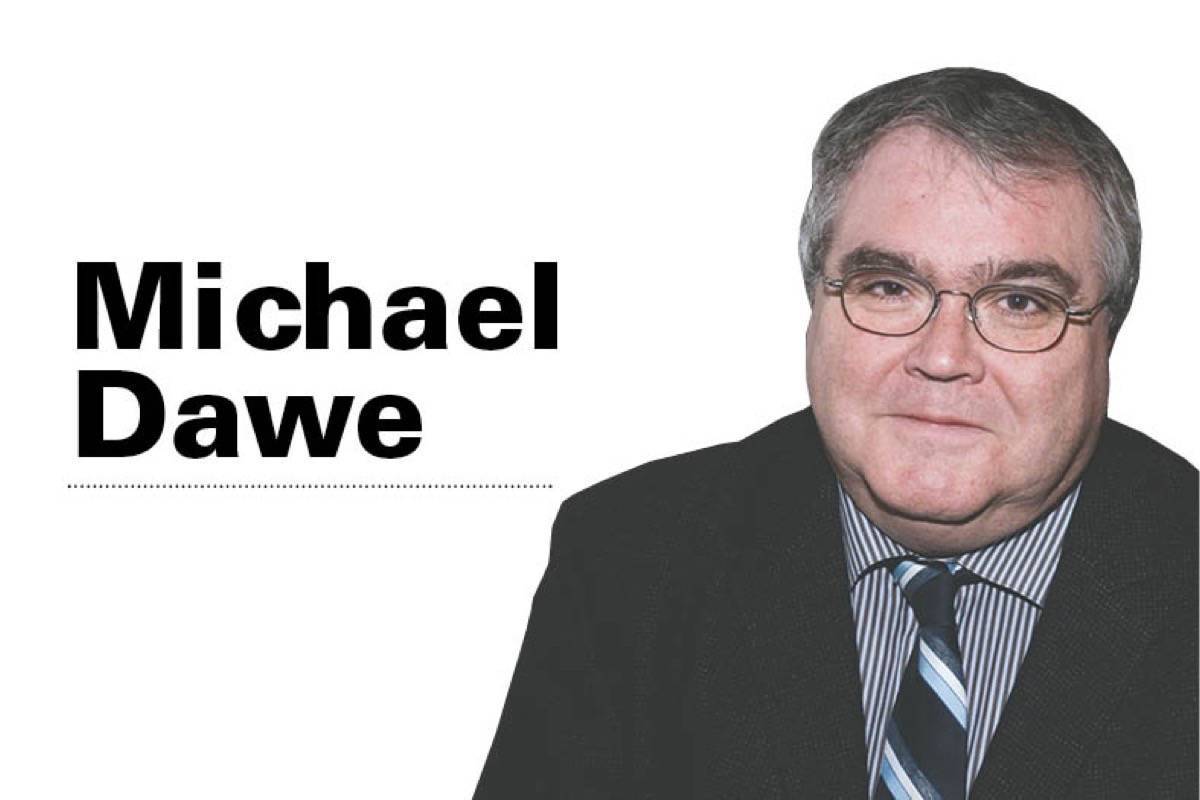One of the most interesting, and formidable early pioneers of Central Alberta was Alice Hall Crofton-Westhead.
She and her second husband Charles operated a ranch, the Quarter Circle One, in the Buffalo Lake area of east Central Alberta. The village of Alix is named after her.
Alice Charlotte Hall was born in the Punjab district of Imperial India on Dec. 27th, 1863. Her family was wealthy and well-connected. On Nov. 7th, 1881, Alice married Major Arthur Mark Crofton, the grandson of Baron Crofton of Mohill in Leitrim, Ireland.
Alice was only 17. Arthur was 29. Tragically, Arthur passed in April 1887. The couple had no children.
Four years later in July 1891, Alice married again.
Her new husband, Charles George Westhead, was seven years younger than her and not nearly as well connected as The Halls and the Croftons.
There seems to have been a lot of sensitivity about the marriage. Alice frequently recorded that she was much younger than she actually was.
Shortly after their wedding, Alice and Charles visited Alberta. They liked what they saw and decided to immigrate. The next year, they started a horse and cattle ranch in the Buffalo Lake district, east of Lacombe.
The Westheads prospered, in part because they had the means to make good investments in their ranch. They raised quality riding horses and purebred Hereford cattle. They also did well exporting polo ponies back to England.
Despite their success, the Westheads decided to join the Klondike Gold Rush in 1898. Unfortunately, they only made it to Fort Norman on the Mackenzie River (2,900 km.) before heading back to Alberta.
However, Charles was not keen to go back ranching.
Instead, he went overseas to fight in the Boer War. After the war, he decided to move to B.C. and Hong Kong. Despite the parting, he and Alice never divorced.
Meanwhile, Alice, as an energetic and independent woman, managed the ranch on her own.
However, while bright and efficient, she was also very demanding of the people who worked for her. She parted ways with her capable ranch manager, Tristram Willett, when he married her cousin, Alice Emma Fosbury, despite her pointed disapproval.
Alice became very active in community affairs.
She became one of the first presidents of the local agricultural society at a time when women rarely held such positions.
She became renowned as a witty and charming hostess. She loved children, probably because she had none of her own. She held wonderful special teas and parties for her young guests.
In 1905, Alice went on a vacation to England. During that trip, she struck up a relationship with Sir William Van Horne, head of the C.P.R.
Van Horne was so smitten with his beautiful and vivacious new friend that he decided to name a townsite near her ranch after her. The name chosen was Alix, which was one of Alice’s nicknames (reflecting her Anglo-German heritage).
After the naming of the village, Alice increasingly used ‘Alix’ as her first name in formal documents and correspondence.
In 1911-1912, Alice (Alix) began selling off the ranching operation. Initially, she moved into Alix, but in 1913, decided to move back to England.
During the First World War, Alice (Alix) helped establish two local military hospitals. She also personally captured two escaped German prisoners of war and was honoured for that feat.
After the War, she moved to the new estate of Lionel Nathan Rothschild at Exbury, England. With her farming and horticulture background, she helped to manage the estate and gardens.
Meanwhile, Charles spent most of the War in England as a ‘general list’ officer, but there is no indication that he reunited with Alice.
He returned to Canada in 1918. He passed away on Jan. 6th, 1932 in Victoria. B.C. His sister Marian later, “Scattered his ashes to the winds over the Devon Downs.”
After Charles’ death, Alice legally changed her surname name back to Crofton, although she kept Alice Charlotte as her legal first names.
In her later years, she busied herself cataloguing rhododendrons, azaleas and camellias for the Rothschild’s Exbury Gardens. She passed away on June 22nd, 1942 at the St. George’s Nursing Home in Milford-On-Sea and is buried at Exbury.



